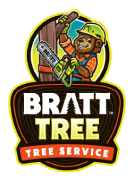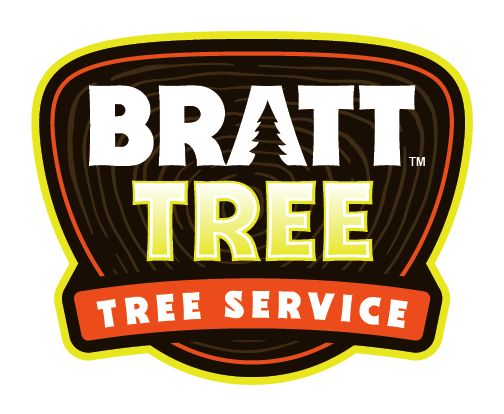Tree Identification: Spruce, Pine, or Fir?
When you think of an evergreen tree, it might be hard to differentiate a pine tree from a spruce or fir tree, but they are all coniferous softwood trees that produce cones. These are evergreen because they always have green leaves or needles, while hardwood trees include ash, hickory, maple, and oak.
Below, we will explore what differentiates pine, fir, and spruce trees and how they differ in size, color, cones, and needles.
How To Identify Spruce, Pine & Fir
Common in Canada and the United States, pine, fir, and spruce each have cones shaped like a pyramid. However, more than 50% of the trees in Canada are spruce.
The U.S. woodlands are diverse. The eastern part of the country includes hardwoods like hickory and oak, while spruce, firs, and pines dominate in the western states.
1. Needles
Conifer leaves are the needles that hang from the tree. Needles are either gathered in bunches or individually attached to the stems of branches or a wooden peg. Their shape will either be flattened or rounded. When needles shed, these projections remain.
Avoid defining a tree based on its color and needle length as they vary by tree, planting location, and cultural conditions.
Pine Tree Needles
A pine tree has two to five needles in clusters. Pines include variations in red, yellow, and white. The needles can become extremely long at 4 to 5 inches. Red pines have only three needles, while white versions have five. An example is a Scotch Pine tree.
Spruce Tree Needles
Spruce are among the most numerous nationally. They have square needles attached to tiny wooden pegs. The needles are sharp, pointy, rough, and stiff. You can even roll the needles easily between your fingers.
Fir Tree Needles
For tree identification purposes, fir trees have cones that stand up on their branches. The cones resemble spruce, lack projections, have smooth bark, and are flexible, flat, and soft. Unlike pine and spruce trees, Fir trees have what are known as false cones, meaning they grow upward and disintegrate.
With flat needles that grow and stick out individually from the branches, you cannot easily roll them between your fingers. Fir trees are the most popular and are often cut down during Christmas for decoration.
Popular fir trees include:
- Frasier
- Douglas
- Noble
- Colorado Blue Spruce
- Grand Fir
2. Cones
Firs, pines, and spruce have cones made from scales adhered to a middle or center stalk. In between these layered scales are seeds. Sugar pinecones can vary from eight inches to two feet!
To differentiate cones:
- Pinecone scales look woody and feel rough and hard.
- Spruce cones are flexible and have scales thinner than pinecones and drape down.
- Douglas fir tree cones have three pointed bracks that stick out from each scale.
3. Tree Bark
It can be difficult to decipher a fir, spruce, or pine tree based on its bark. However, differences in bark include:
- Pine Trees: Bark is smooth when young. It flakes and turns orange, red, or brown with age.
- Spruce Trees: Bark starts rough and becomes scaly as the tree ages.
- Fir Trees: Bark is smooth and gray when young before furrowing when older.
What Needle Drop Can Tell Us
Fir, spruce, and pine trees shed older needles in the fall season in the inner parts of the tree near the base or trunk, which is less dense than other areas. As some pines lose their older needles, needles will turn yellowish-brown before shedding.
Color changes are also prevalent with fir and spruce. However, if needle discoloration occurs in other seasons, talk to an arborist about tree disease.
Got an Emergency?
We Can HelpWhy Choose Bratt Tree Company?
Established in 1991, Bratt Tree Company provides leading pruning, tree removal, and plant healthcare.
Our trained technicians and ISA Certified Arborists provide top-rated tree services, storm damage assistance and emergency tree removal, commercial tree services (tree removal, pruning, soil health maintenance), and tree cabling and bracing.
Backed by a 100% satisfaction guarantee, we offer upfront pricing and free estimates. Committed to our community, we proudly deliver trusted tree services to the Twin Cities.
The Twin Cities’ favorite certified arborists. Schedule tree care service in the Twin Cities with an online coupon discount. Call Bratt Tree Company at 612-721-4153.
What To Expect
Discover the Difference
Satisfaction Guaranteed
Our job is never complete until you are 100% satisfied with our services.
Upfront
Pricing
We offer 100% transparent pricing to all our valued customers, so you know what to expect.
Trained
Technicians
Our ISA-certified arborists are trained in the most advanced industry tools and techniques.
Commitment
to Community
We’ve proudly delivered trusted tree services to the Twin Cities for more than 30 years.


